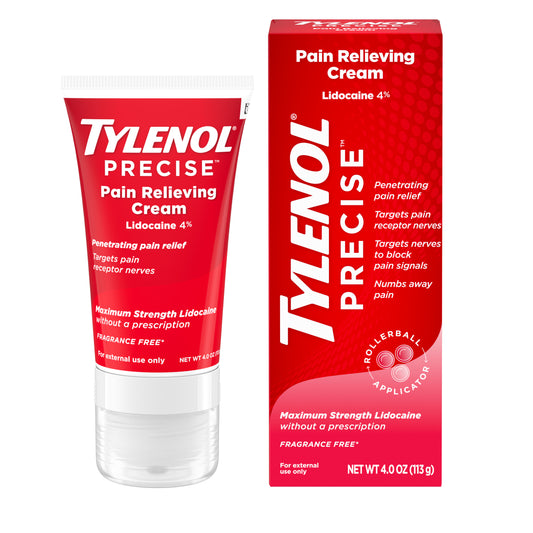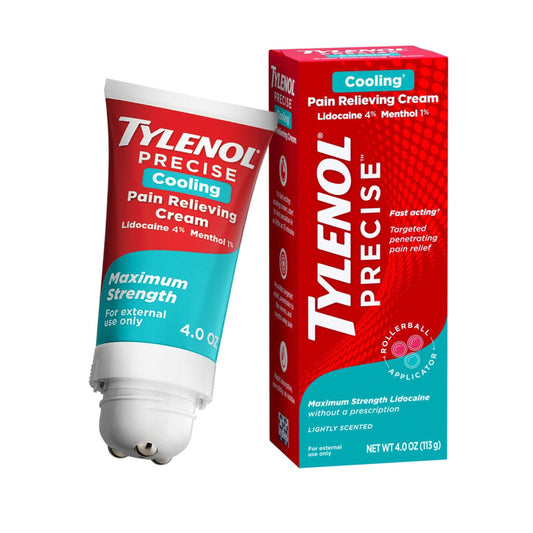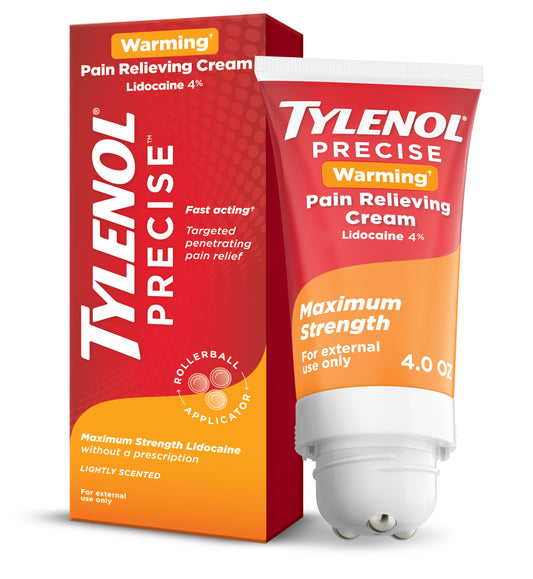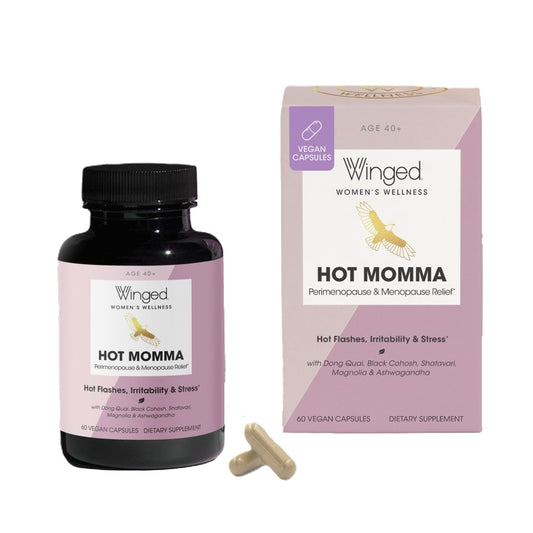What is bone density?
Bone density has to do with the amount of minerals — specifically calcium and phosphorus — that are in your bones. These minerals are what give bones their hardness and rigidity. Other terms for bone density include bone mineral density and bone mass.
We may not always think of them this way, but bones are made of living cells and tissues that are growing and changing along with the rest of our body. Our bodies have a natural process for removing old bone and building new bone.
After age 50, we start losing bone faster than we can make new bone. As bone density decreases (the amount of calcium and phosphorous decreases), bones become weaker and thinner and are more likely to break. The inside of a bone is a honeycomb-like structure and as bone density decreases, the outer walls become thinner and the spaces in the honeycomb become larger, which can make it more likely to break.
As we all age, our bone density decreases. You might hear people call it bone loss or weak bones.
What is osteoporosis?
There are two conditions that describe varying levels of bone density loss — osteopenia and osteoporosis. Osteopenia is a condition where bone density loss is lower than usual. Osteoporosis is a more severe version of bone loss where the bones are weakened and more likely to break. Both can be diagnosed through a bone density mass test. The most common test is a DEXA scan which uses low-dose x-rays.

The main concern associated with osteoporosis is the possibility of fractures. In older adults, broken bones cause pain and decrease mobility and function. They’re also associated with a decreased quality of life and higher risk of death. The most common areas with low bone density are the spine, hip, and wrist.
You can receive treatment for osteoporosis and the earlier it’s given, the more likely you are to respond to it.
What’s the relationship between menopause and osteoporosis?
Menopause is the most common cause of osteoporosis. It significantly speeds up bone loss and increases the risk of developing osteoporosis. Up to 20% of total bone loss can occur during the menopausal transition.
Estrogen plays a part in the rebuilding of new bone throughout life. It helps prevent bones from getting weaker by slowing the natural breakdown. As the levels of estrogen drop during menopause, bone loss exceeds bone growth at an even faster pace. Less estrogen during menopause leads to increased bone loss because the bone is losing some of its natural protection.
The prevalence of osteoporosis and the risk of related fractures is higher in older women than older men because estrogen plays a role in maintaining bone health.

What can I do to slow down bone loss?
- Get regular physical activity. Resistance and weight-bearing exercises can help build and strengthen bones. Strength training, walking, hiking, jogging, climbing stairs, tennis, and dancing are all good examples.
- Eat foods that support bone health. Protein, calcium, and vitamin D are important nutrients to include daily. Foods that contain these nutrients include dairy, leafy green vegetables, and fish. Ask your doctor whether a supplement might be right for you.
- Quit smoking. Smoking increases the risk of weakened bones. If you’re struggling to quit, reach out to your doctor or call 1-800-QUIT-NOW for helpful resources.
- Limit alcohol consumption. Too much alcohol can speed up bone loss. Drink in moderation or not at all.
- Medications. Your doctor may recommend starting a medication for treatment of osteoporosis that will slow the breakdown of bone or help build bone. These medications can include bisphosphonates or anabolic agents (teriparatide, abaloparatide, romosozumab).
- Menopausal hormone therapy (HRT)/MHT. Although MHT is not one of the first medications recommended to treat osteoporosis, estrogen can decrease the risk of fractures.
References
Endocrine Society. (2022). Reproductive hormones. Accessed 1/27/23 from https://www.endocrine.org/patient-engagement/endocrine-library/hormones-and-endocrine-function/reproductive-hormones
Endocrine Society. (2022). Menopause and bone loss. Accessed 1/27/23 from https://www.endocrine.org/patient-engagement/endocrine-library/menopause-and-bone-loss
Ji, M-X. & Yu, Q. (2015). Primary osteoporosis in postmenopausal women. Chronic Dis Transl Med, 1(1): 9-13. doi: 10.1016/j.cdtm.2015.02.006
MedicalNewsToday. (2021). What is the difference between osteopenia and osteoporosis? Accessed 1/27/23 from https://www.medicalnewstoday.com/articles/osteopenia-vs-osteoporosis#
MedLine Plus. (2022). Bone mineral density test. Accessed 1/27/23 from https://medlineplus.gov/ency/article/007197.htm
National Institute on Aging. (2022). Osteoporosis. Accessed 1/27/23 from https://www.nia.nih.gov/health/osteoporosis
NIH Osteoporosis and related bone diseases national resource center. (2018). Exercise for your bone health. NIH Pub. No. 18-7879-E. Accessed 1/27/23 from https://www.bones.nih.gov/health-info/bone/bone-health/exercise/exercise-your-bone-health
Rosen, H. (2023). Overview of the management of osteoporosis in postmenopausal women. UpToDate. Accessed 10/11/23 from https://www.uptodate.com/contents/overview-of-the-management-of-osteoporosis-in-postmenopausal-women
Rossouw, J.E., Anderson, G.L., Prentice, R,L, LaCroix, A.Z., Kooperberg, C., Stefanick, M.L., Jackson, R.D., Beresford, S.A.A., Howard, B.V., Johnson, K.C., Kotchen, J.M., & Ockene, J [Writing Group for the Women’s Health Initiative Investigators]. (2002). Risks and benefits of estrogen and progestin in healthy postmenopausal women: Principal results from the Women's Health Initiative randomized controlled trial. Journal of the American Medical Association, 288(3): 321-33. doi: 10.1001/jama.288.3.321.
The National Council on Aging. (2022). Bone health for older adults: What is bone density? A practical guide for older adults. Accessed 1/27/23 from https://ncoa.org/article/what-is-bone-density-a-practical-guide-for-older-adults
Links to other parties' articles and websites are provided for convenience only. Kenvue is not responsible for their content.






